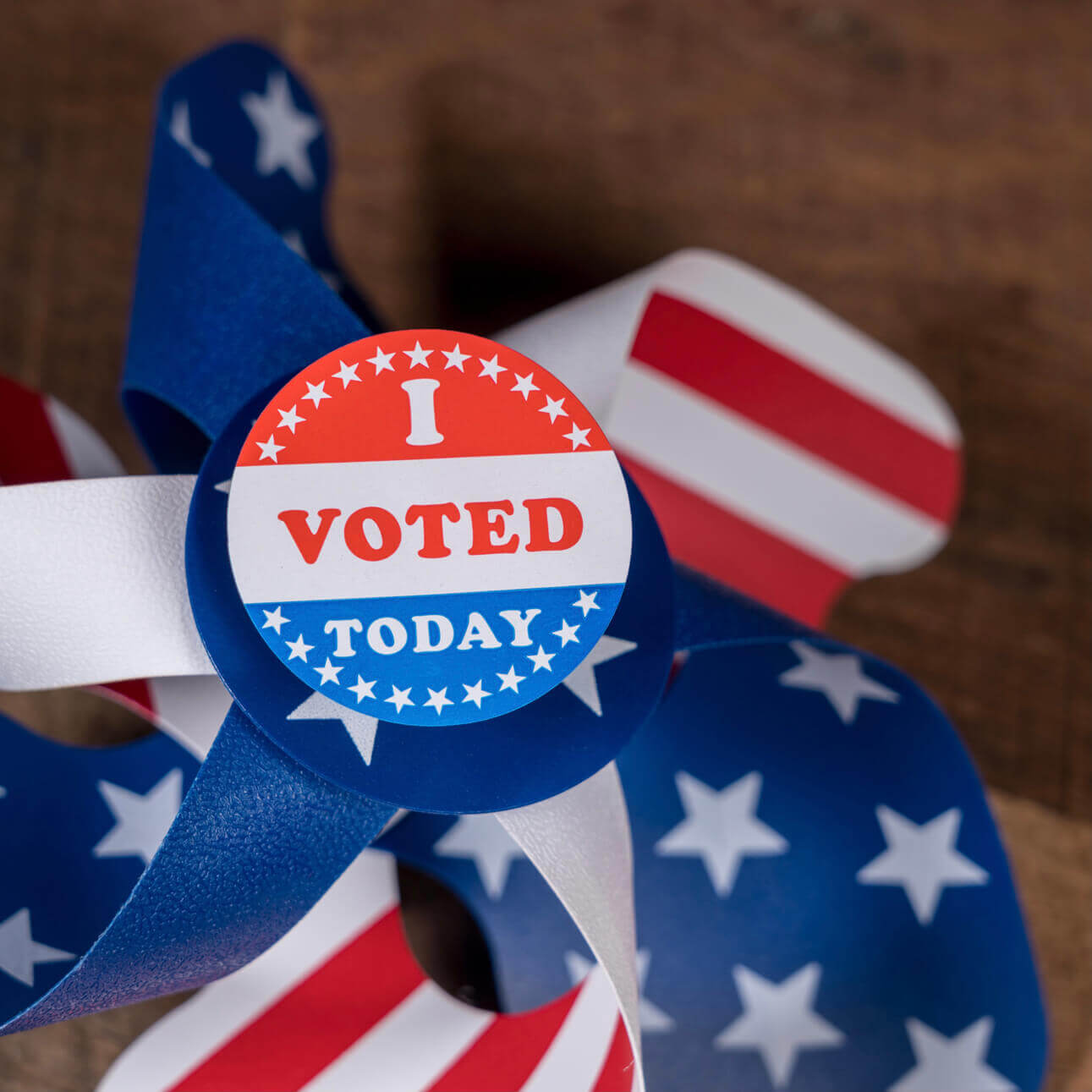Written by Bennett Kirschner
Hailed widely as one of the most consequential election cycles in modern American history, the 2022 US midterms came with no shortage of anticipation. A “red wave” was expected to sweep across the nation, offering a rebuke to President Biden’s policies and giving an ascendant Republican Party the chance to stymie his agenda until the end of his term in 2025. Yet now that the 2022 midterms are close to completion (a few close races in the House are still being tallied as of publication), we see that a different narrative played out. Republicans still made gains in the House, but the outcome was almost unequivocally a failure relative to what they had forecast. Below are the most important takeaways from these midterms, along with their potential implications for the USA’s political future:
Incumbents Are Here to Stay: Leading up to November 8th, an array of polls showed that Americans were generally dissatisfied with the direction their country was headed in. This, naturally, could only lead to one conclusion – that the representatives who were already in office, and therefore responsible for that direction, would likely be held accountable and voted out. Republican advocates decried a Democratic party whose policies had supposedly caused increases in inflation and crime, and insisted that the time for change was upon us. Surprisingly, this didn’t play out as planned: in a largely unprecedented outcome, only six incumbent Democrats and three incumbent Republicans have thus far lost their seats in the House; and no incumbent Senator running for reelection has been defeated, though the runoff in Georgia could change that. What could have caused this?
Democrats point to the fact that several Trump-supported candidates won the Republican primaries, which may have deterred moderate voters from following the usual path of voting against the incumbent party. Many of these candidates touted extremist views, including skepticism or outright denial of the 2020 presidential election results and anti-abortion sentiments that made no exception for rape or incest. None of this was a mistake, either – during the primaries, Democrats funded several MAGA Republicans because they believed these candidates would increase Democrats’ chances of winning in the general elections. Whether or not it was ethical to bankroll the campaigns of candidates who pose a deep existential threat to our democracy is its own question, but strategically, it panned out.
Super PACs Are Only Getting Stronger: Between 2021 and 2022, over $16.7 billion was spent on election campaigns, easily eclipsing the previous midterm record of $14 billion that was spent during the 2018 election cycle. This is due in large part to the predominance of Super PACs, which have become increasingly influential since the passage of the Supreme Court’s Citizens United verdict in 2010. These “political action committees” serve largely as instruments of power for billionaire donors from both sides of the aisle who until 2010 could only donate limited amounts of money to campaigns of their choice. 38% of political donations in the 2022 midterms came from the top 1% of earners in the US, and they tended to favor Republican causes over Democratic ones. The role of money in politics, it seems, is only growing, and Super PACs continue to be its primary vessel. Many ads on TV or the internet that appeared to be run by a candidate’s campaign were, in fact, run by a Super PAC built to support a specific agenda – this isn’t going to change anytime soon.
Abortion Rights Inspired Voter Turnout: On August 2nd, traditionally conservative voters in Kansas delivered what would become a bellwether for the midterms – an overwhelming majority rejected a ballot measure that would have allowed state legislators to ban abortion. This gave Democratic strategists the directive they needed as they built their election campaigns for the next few months. If Kansans were this passionately pro-choice, then the rest of the country would probably fall right in line. As a result, Democratic candidates placed an outsize emphasis on the threat that Republicans pose to reproductive rights across the country. The strategy paid off – Democratic voters emphasized reproductive rights as one of the key issues that inspired them to vote this election cycle. Though there’s no guarantee that abortion will remain a central topic of discussion in American politics over the coming years, it was certainly a vital touchpoint this time around.
MAGA is Starting to Show Cracks: Several Republican candidates who won their primaries after receiving endorsements from Donald Trump would go on to lose their general elections, suggesting that the populist movement on the right is starting to lose steam. Perhaps most notably, all but one candidate for Secretary of State who harped on the false narrative of election fraud – calling themselves the “America First” candidates – were summarily defeated in their races.
For better or for worse, the “Big Lie” story that’s been pushed since 2020 is inextricable from the man who originated it. Since November 8th, various Republicans have already started to distance themselves from Donald Trump. Perhaps this marks the end of his status as kingmaker for the entire party, but seeing as he has prevailed from greater political odds, we don’t want to speak too soon. Our fingers are crossed – ridding ourselves of his insidious populism would be nothing short of a blessing for the country and the world at large.
Younger Voters Turned Out: The narrative that Generation Z single handedly saved the US from a predicted red wave is a bit overblown – in fact, it was thanks to high voter turnout across the board – but younger voters certainly played a major role in the midterms’ final outcome. In John Fetterman’s race against Mehmet Oz, for instance, the margin of victory was only 4 percentage points, but younger people (ages 18-29) favored the Democrat by 40 percentage points. The 27% turnout rate for younger people was the second highest for any midterm, eclipsed only by the 2018 elections, when young voters showed up in droves to repudiate the Republican agenda. It appears as if a trend is starting to emerge: younger people have been showing up to vote for the past three election cycles, and they have been consistently favoring Democrats by a wide margin. If this continues while more of Generation Z reaches eligible voting age, we could see Democrats take a sizable legislative majority in the years to come.
Many of us have breathed a collective sigh of relief since it became clear that the red wave would not, in fact, be taking place. All of this speaks to the future of our country – that perhaps, somewhere deep down in America’s collective subconscious, there is still a desire for our democracy and basic social services to function as they’re intended to. While it’s too soon to say we’ve moved past the antagonism that’s consumed us for the last six years, the results of these midterms do offer a ray of hope. Maybe, just maybe, our representatives can heed voters’ collective call and work across the aisle in good faith.


















